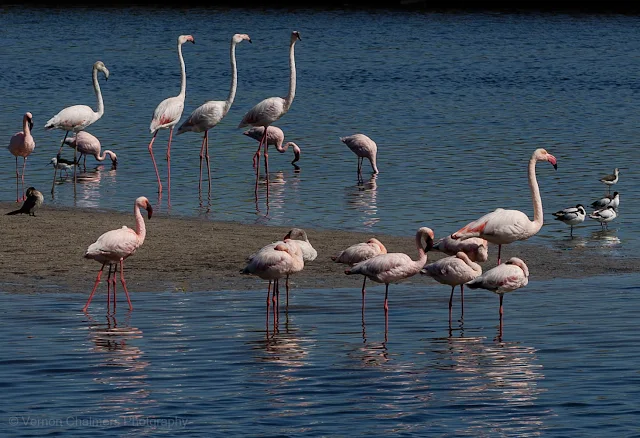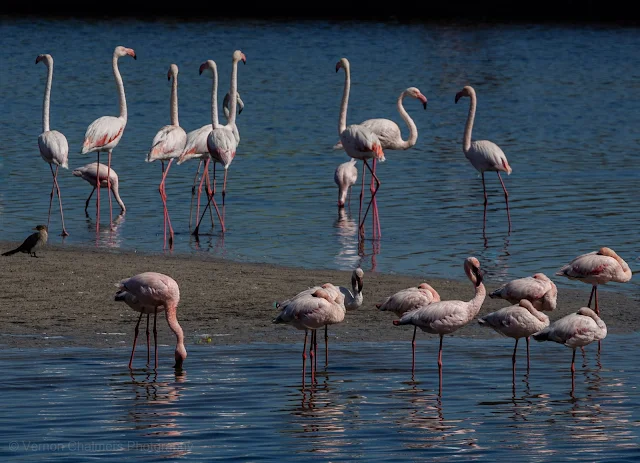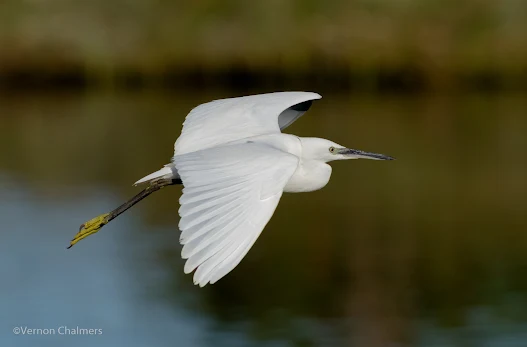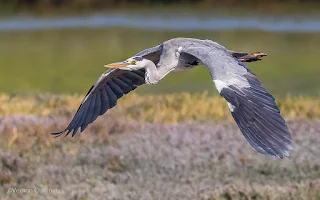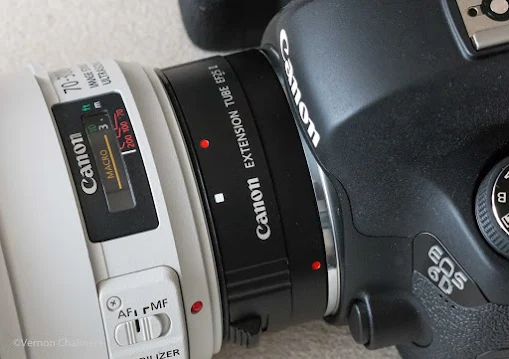The significance of these image are the fact that this is the first time I’ve noticed the flamingos in this area for the past two years. I’ve been watching them coming to this specific area for the past +- two weeks.
For me this is a significant indicator that may be the start of replicating the ‘old days’ of seeing 30 to 40 bird species in a single morning.
Just good to see the greater flamingos feeding in of one their traditional Diep River / Woodbridge Island habitats.
With Canon EOS 6D / EF 70-300mm f/4.5-5.6L IS USM lens @ f/8
"Greater flamingos, scientifically known as Phoenicopterus roseus, are among the most recognizable and iconic bird species in the world. Here's some interesting information about them:
- Appearance: They are tall, elegant birds with long necks and legs, and distinctive pink plumage. The pink coloration comes from the carotenoid pigments in the algae and crustaceans that flamingos feed on.
- Habitat: Greater flamingos are found in various wetland habitats, including coastal lagoons, salt pans, estuaries, and shallow lakes. They are commonly seen in Africa, Southern Europe, the Middle East, and parts of Asia.
- Behavior: Flamingos are highly social birds and often gather in large flocks, sometimes numbering in the thousands. They are known for their synchronized feeding and breeding behaviors.
- Feeding: Their diet primarily consists of algae, small crustaceans, mollusks, and other aquatic invertebrates. They use their specialized bills to filter-feed in shallow water, stirring up mud and silt to find food.
- Breeding: Flamingos typically breed in large colonies, often on mudflats or islands in saline or alkaline lakes. They build cone-shaped mud nests, and both parents take turns incubating the eggs and feeding the chicks.
- Conservation: While greater flamingos are not considered globally threatened, they face various conservation challenges, including habitat loss, disturbance to breeding sites, pollution, and climate change impacts on their wetland habitats.
- Adaptations: Their uniquely shaped bills are adapted for filter-feeding. They have rows of tiny bristles (lamellae) inside their bills, which help them filter out small food particles from the water.
- Migratory Patterns: Greater flamingos are known to undertake seasonal migrations in search of suitable feeding and breeding grounds. Some populations may travel long distances between their breeding and wintering areas.
Overall, greater flamingos are fascinating birds with their striking appearance, intricate social structures, and adaptations for life in wetland environments." (Source: ChatGPT 2024)
Canon Photography Training Milnerton Woodbridge Island | Kirstenbosch Cape Town
